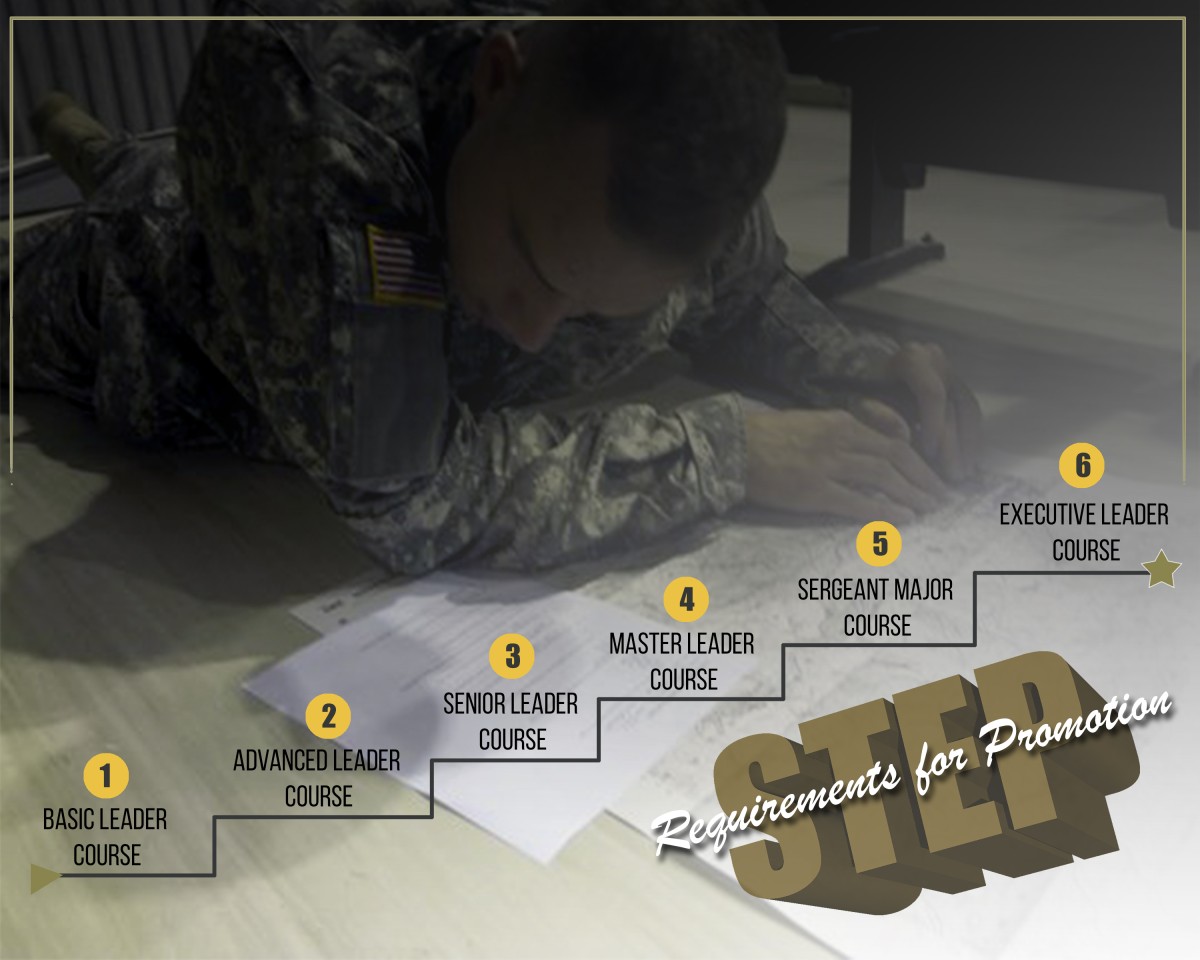Army Regulation Promotion : What it is
Army Regulation 635-200, also known as Army Military, is an essential document that guides and governs promotion policies and procedures within the United States Army. This regulation plays a critical role in shaping the careers of soldiers by establishing the criteria and requirements for promotion eligibility.
Why is Army Regulation 635-200 Important?
Army Regulation 635-200 is the cornerstone of the Army's promotion system. It ensures fairness, transparency, and consistency in the promotion process, allowing soldiers to advance based on their merit, skills, and commitment to service. This regulation outlines the intricate details that both soldiers and their superiors must follow to facilitate a smooth and just promotion system.

Image Source: Army Regulation 635-200 - Army Military
Understanding the Promotion Process
The promotion process under Army Regulation 635-200 is multifaceted and comprehensive. To gain a clear understanding of its intricacies, let's delve into the various elements of the promotion system.
1. Eligibility Criteria
Promotion eligibility is determined based on several key factors outlined in Army Regulation 635-200. These factors include time spent in service, time spent in the current rank, completion of required professional development courses, physical fitness, and demonstrated leadership abilities. By meeting these criteria, soldiers demonstrate their readiness for increased responsibilities and higher ranks.
2. Promotion Boards
Promotion boards play a crucial role in the promotion process. They convene periodically to evaluate eligible soldiers based on their performance, potential, and demonstrated leadership abilities. Army Regulation 635-200 provides detailed guidance on how the promotion boards are constituted, their composition, and the criteria they use to assess candidates. The boards ensure that promotions are fair and objective.

Image Source: Pin on Certificate Templates
3. Promotion Point System
The promotion point system is an integral part of the Army's promotion process. It assigns points to various achievements and qualifications, such as completing training courses, excelling in physical fitness tests, obtaining advanced degrees, and earning awards. Points are cumulative, and soldiers must accumulate a certain number to be eligible for promotion to the next rank. Army Regulation 635-200 provides a comprehensive breakdown of the promotion point system with clear instructions on how to calculate and accumulate points.
Frequently Asked Questions (FAQ)
Q1: How often are promotion boards convened?
A1: Promotion boards are convened regularly, typically on a quarterly or semiannual basis. The specific schedule may vary based on factors such as rank, unit size, and mission requirements. It is essential for soldiers to stay informed about the upcoming promotion board dates to ensure they are adequately prepared.
Q2: Can a soldier be promoted ahead of their peers?
A2: Yes, exceptional soldiers who demonstrate outstanding performance, competence, and leadership abilities can be considered for early promotion. The decision lies with the promotion board, which carefully assesses the soldier's suitability for advancement. Army Regulation 635-200 provides guidelines on the criteria that need to be met for early promotion and the process to follow.
Q3: What happens if a soldier is not selected for promotion?
A3: If a soldier is not selected for promotion, they remain in their current rank. However, the Army values professional development, and soldiers are encouraged to continue improving themselves for future opportunities. Army Regulation 635-200 provides guidance on opportunities for reevaluation and outlines steps soldiers can take to enhance their chances for promotion in the future.
Army Regulation 635-200 serves as the foundation of the Army's promotion system, ensuring that promotions are based on merit, skills, and commitment to service. By adhering to this regulation, the Army upholds its commitment to providing fair and equal opportunities for career advancement to all deserving soldiers.
Army Regulation 635-200 - Army Military
 Image Source : armymilitary.net
Image Source : armymilitary.net Rpp Program Army
 Image Source : army.sacramentofiremuseum.org
Image Source : army.sacramentofiremuseum.org Pin On Certificate Templates
 Image Source : www.pinterest.com.au
Image Source : www.pinterest.com.au Army Memorandum Format Regulation - Financial Report
 Image Source : excelspreadsheetsgroup.com
Image Source : excelspreadsheetsgroup.com Incredible Army Regulation 670-1 2022
 Image Source : civildefence.info
Image Source : civildefence.info The Best Promotion Regulation Army Ideas
 Image Source : civildefence.info
Image Source : civildefence.info DVIDS - News - Enlisted Promotion Series Article 1 Of 3: AZNG Enlisted
 Image Source : www.dvidshub.net
Image Source : www.dvidshub.net promotion army enlisted process command guard national sergeant rank military maj state series wes parrell board sgt read requirments changed
ARMY REGULATION 380-40 PDF
 Image Source : watchesok.me
Image Source : watchesok.me regulation
Rpp program army. The best promotion regulation army ideas. Promotion army enlisted process command guard national sergeant rank military maj state series wes parrell board sgt read requirments changed. Army memorandum format regulation. Incredible army regulation 670-1 2022